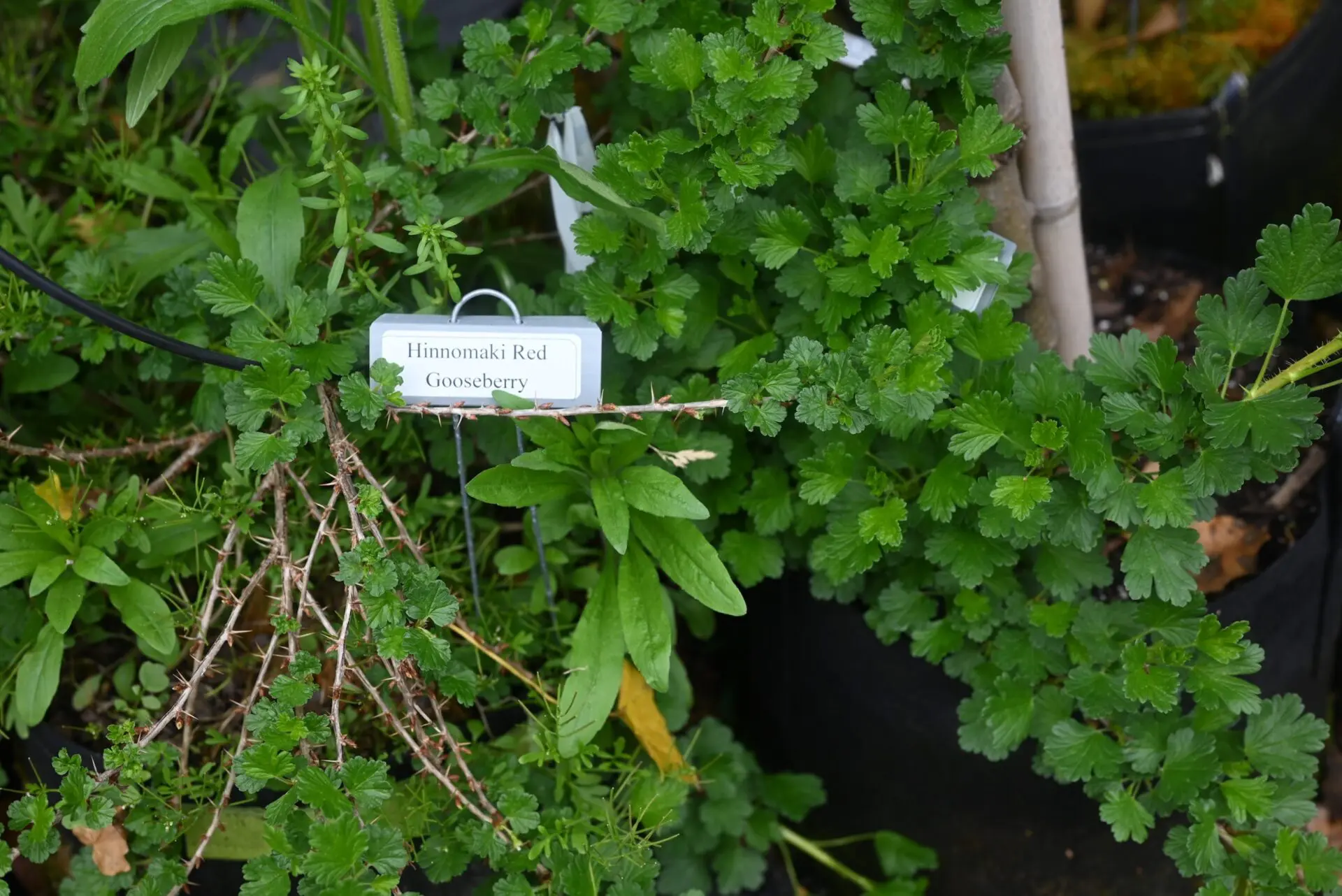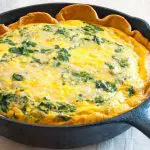Get The Most Out of Your Gooseberries from Backyard Eats
Harvesting Gooseberries
When It’s Ready
- Observe the color and size: Gooseberries come in various colors, including green, yellow, and red. Harvest them when they reach their full color and are plump.
- Check for a slight softness: Gently press a gooseberry, and it should yield slightly without being too mushy.
- Taste test: Sample a berry to ensure it is tart and flavorful.
- Summer, typically from June to July
When It’s Too Late
- Overripe gooseberries become overly soft, discolored, and may start to decay.
- Regularly inspect your gooseberry bushes to avoid missing the optimal harvest time.
How To
- Wear gloves to protect your hands from thorns, as gooseberry bushes often have prickly stems.
- Hold the berry gently between your fingers and give it a slight twist or pull to detach it from the bush.
- Place the harvested berries carefully in a container, being mindful not to crush them.
- Remove any leaves or debris from the harvested berries.
About Gooseberries
Gooseberries are shrubs that grow 4-6 ft tall. They require partial to full sun to thrive, but not trellising or frequent pruning.
Flowering/Fruiting Tendencies
Gooseberries are native to Europe. They have small yellow flowers, produce 1/2-1″ fruits, and often have thorns. Gooseberries taste like a cross between a sour apple and a grape. Good for fresh eating and baking.
Design Notes
Gooseberries have trouble in full sun and hot heat in early years, but produce more in more sun. They do well in part sun too. They have thorns and a habit of spreading as they grow.
Care Notes
Gooseberries benefit from compost and wood chip mulch in spring to promote growth. Typically, pruning involves just the removal of dead or dying canes.
Newly planted perennials require some additional care to help establish and support the plants as they grow. Water newly planted perennials deeply at the root 2-3 times a week during the first growing season. Apply compost and wood chip mulch in the late winter/early spring.
Storing Gooseberries
Fresh Storage: Gently wash and dry berries, then place them in a breathable container lined with paper towels in the refrigerator for up to five days.
Long-Term Storage: Remove the stems and freeze the gooseberries in a single layer on a baking sheet before transferring them to a freezer-safe container for up to a year.

Cooking With Gooseberries
- Gooseberry Pie: Combine gooseberries with sugar, a bit of flour or cornstarch, and your choice of spices like cinnamon or nutmeg. Fill a pie crust with the mixture and bake until the filling is bubbly and the crust is golden. Enjoy a tangy and sweet gooseberry pie.
- Gooseberry Jam: Cook gooseberries with sugar and a squeeze of lemon juice until they break down and form a thick and tangy jam. Spread it on toast, scones, or use it as a filling for pastries and cakes.
- Gooseberry Fool: Cook gooseberries until soft, then purée or mash them. Fold the gooseberries into whipped cream or Greek yogurt for a simple and refreshing dessert. Optionally, layer the gooseberry mixture with crushed cookies or cake for added texture.
- Gooseberry Sauce: Simmer gooseberries with sugar and a bit of water until they soften and release their juices. Strain the mixture to remove any seeds and use the sauce as a tangy topping for pancakes, waffles, or roasted meats.
- Gooseberry Chutney: Cook gooseberries with onions, vinegar, sugar, and spices like ginger, garlic, and chili flakes. The resulting chutney offers a tangy and slightly spicy condiment that pairs well with cheeses, cold cuts, or curries.
- Gooseberry Compote: Simmer gooseberries with a bit of water and sugar until they soften and form a chunky sauce. Serve the compote warm or chilled as a topping for yogurt, oatmeal, or ice cream.




